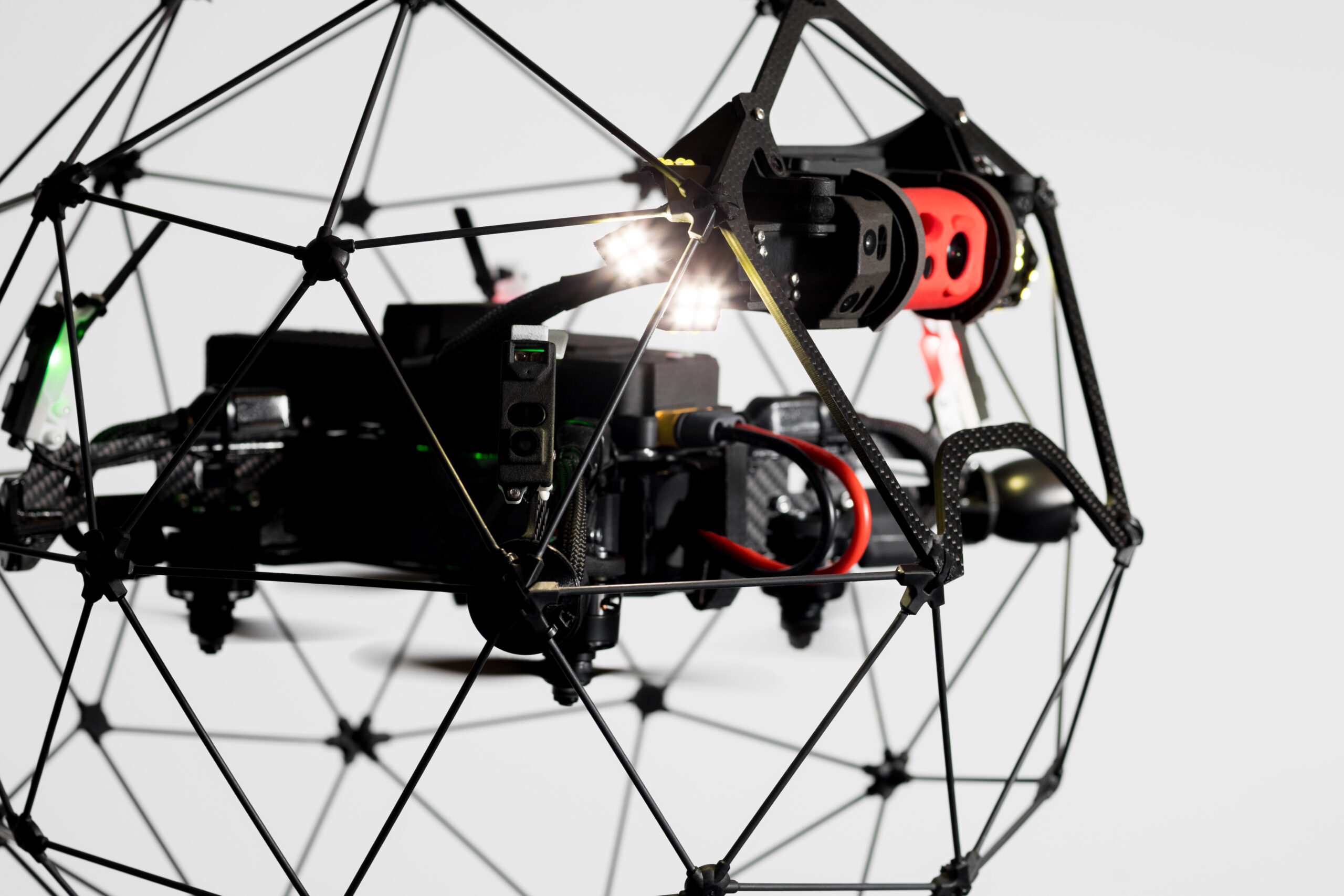How the Elios 2 is Proving Invaluable Within Infrastructure

The infrastructure and utilities industry has been a little slower to embrace drone technology than some others, like that of oil & gas. However, as viable operating systems, such as the Elios 2 and Inspector 3.0 software, become more mainstream, there’s a definite shift in the up-take.
Inspection is a vital element of the industry – one that, up until now, has meant difficult, costly and often high-risk processes. Aerial inspection vehicles (AIVs) are revolutionising such tasks, overcoming many of the traditional challenges associated with these mandatory inspections.
Examples of assets that can be easily and quickly surveyed using the Elios 2 include:
- Bridges
- Pipelines
- Sewers
- Electrical grids
One of the most challenging on that list is sewer inspection. Traditional inspection methods are hazardous and complex. Some of the problems that have, until now, not had a truly viable solution include:
- Sewer gases: Ammonia, methane, carbon monoxide, sulphur dioxide, hydrogen sulphide and more present serious danger to health.
- Human entry: Often the only way to collect inspection data is by hand. This means inspectors have to wear safety equipment, including gas masks, helmets and gas monitors.
- High cost: A minimum of three inspectors is necessary to obtain the data and satisfy safety regulations. Insurance costs can be high due to the hazardous nature of such tasks.
- Sewers inaccessible to humans: Many sewers aren’t appropriate for human entry, such as main sewers. Robotic solutions have been trialled with limited success. CCTV, sonar or LIDAR can be deployed, but they are large and require small cranes to operate. Even using these, the data returned is limited, therefore many areas remain inadequately inspected.
Enter the Elios 2
The advanced Elios 2 in combination with Inspector 3.0 software is revolutionising these tasks. Not only does it require virtually zero preparation, but it also removes the need for humans to enter such hazardous confined spaces. Unlike other robotic platforms, Elios 2 returns extensive, high-quality data in a massively reduced time period.
Advantages of using this AIV can be summarised as follows:
- Fast deployment – no work permits are required as there’s no human entry. No ladders or ropes need to be installed and no cranes need to be delivered to the site to support robotic platforms
- Returned data is of the highest quality, thanks to HD images and high lumen lighting
- Inspections are carried out quickly, unlike the hours, days or even weeks associated with traditional methods
- Removes the need for human entry into highly hazardous confined spaces
- Benefits from exact defect localisation. Thanks to the advanced Inspector 3.0 software, any maintenance that needs to be carried out is easily pinpointed. It’s also stored to be compared with future inspections, with Elios 2 easily returning to the exact spot to take new images for comparison
- Reduced manpower for inspection tasks
- Reduced risk to human life equals lower insurance costs
Other reasons that Elios 2 is proving superior to other AIVs are thanks to its extensive range, ease of operation, and that it can be quickly deployed in an emergency situation.
Some of the locations that Elios 2 is particularly well-suited include:
- Bridge inspections
- Water treatment pump stations and tanks
- Dams
- Telecommunication towers
In addition to the quality of data returned and the decreased risk to human inspectors, one of the biggest draws of using the Elios 2 is the monetary savings. Reduced timescales, lowered insurance costs and enhanced data bring inspection task costs down dramatically. This has a further knock-on effect, allowing a far more proactive approach to maintenance.
More inspections lead to less urgent or emergency incidents. They also allow for maintenance tasks to be carried out in conjunction with each other, further reducing the company outlay.
Technology is driving infrastructure inspection into a brand new era. Companies that take advantage are set to truly benefit, meaning that those who fail to embrace the innovation are putting themselves at a distinct disadvantage. Is your company ready?
Contact us to find out more about our range of robots or any of our other inspection products, or request a quote online.
Carry on reading How Robots Are Shaking up NDT Inspections to find out more.
